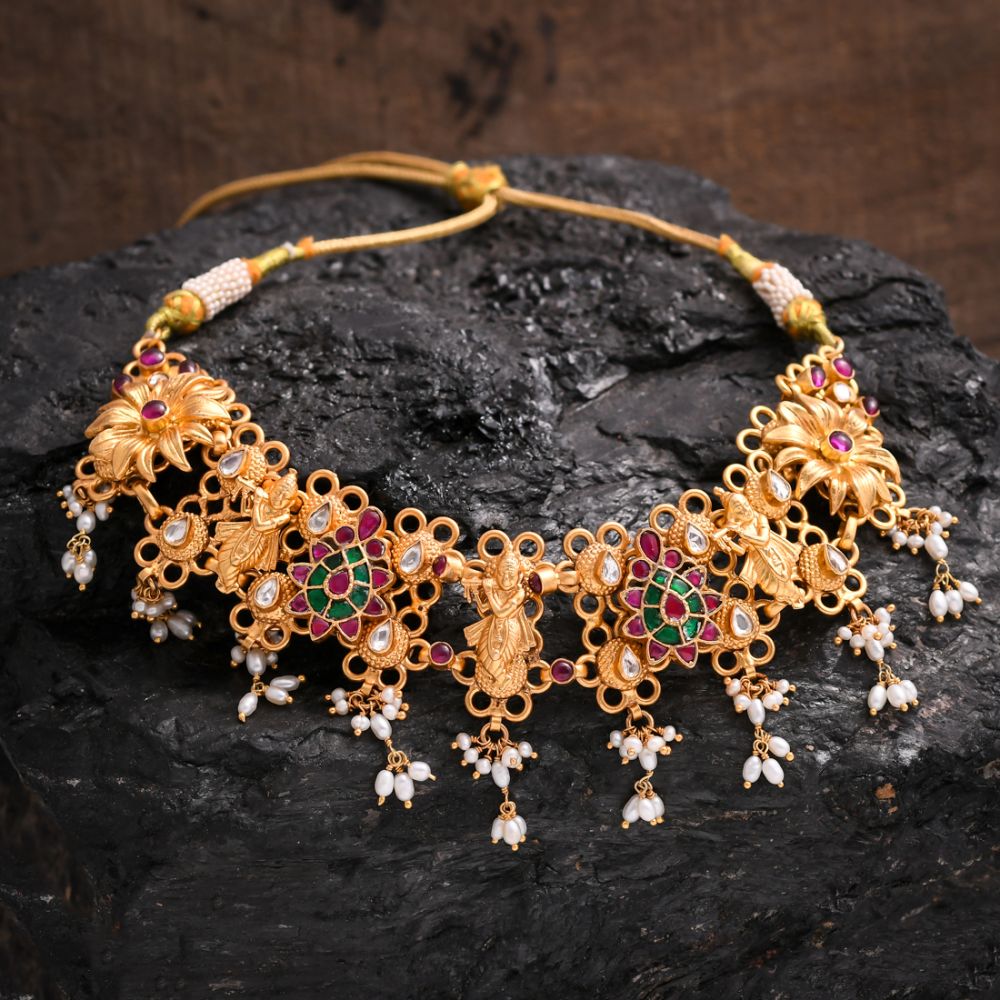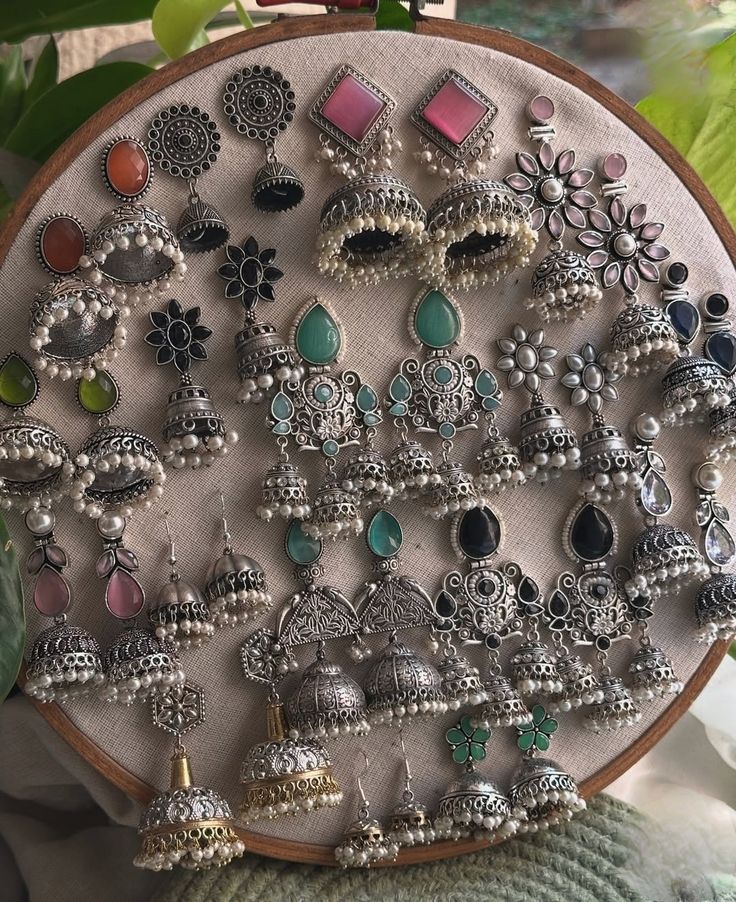The Timeless Charm of Traditional Silver Jewelry
For centuries, traditional silver jewelry has captured the hearts of people around the world. It’s more than just ornamentation—it's a reflection of heritage, craftsmanship, and timeless beauty. From tribal villages in India to bustling souks in the Middle East, silver jewelry has been worn as a symbol of identity, protection, status, and celebration.
In today’s fast-paced fashion world, where trends change with the seasons, traditional silver jewelry stands out as a lasting symbol of elegance and culture. Let’s explore the story, beauty, and continued relevance of this timeless adornment.
A Legacy Forged in Silver
Silver has held value across civilizations for its rarity, luster, and versatility. Ancient cultures—from the Egyptians and Greeks to the Indus Valley Civilization—crafted silver into jewelry, amulets, and ceremonial objects. In India, silver was known as “chandi,” and became an integral part of both daily wear and special occasions, especially in rural and tribal communities.
What sets traditional silver jewelry apart is its deep connection to local customs. Every region has its unique style, reflecting the traditions, beliefs, and lifestyles of its people. For example:
-
Rajasthan and Gujarat are known for their heavy, oxidized silver ornaments like bangles, anklets, and nose rings.
-
South India favors delicate silver temple jewelry, often inspired by deities and temple architecture.
-
Northeast India, especially among tribal communities, features bold, geometric silver jewelry passed down through generations.
These pieces were often handmade, using age-old techniques passed from master to apprentice, giving each piece a story and soul.
The Art of Craftsmanship
Traditional silver jewelry is all about meticulous craftsmanship. Techniques such as filigree, granulation, repoussé, and stone-setting have been used to create intricate patterns and textures.
-
Filigree work, popular in Odisha and Andhra Pradesh, involves twisting thin silver wires into lace-like patterns.
-
Repoussé (hammered relief work) is often used to craft motifs like flowers, peacocks, and gods.
-
Stone inlay is another beautiful technique where semi-precious stones like turquoise, coral, or onyx are set into silver, adding color and character.
These handcrafted elements ensure that no two pieces are exactly alike, giving traditional silver jewelry a unique, heirloom-quality appeal.
More Than Just Adornment
In many cultures, silver jewelry is not just decorative—it holds emotional, spiritual, and even medicinal value.
-
In India, silver is considered pure and cooling, often worn to balance the body’s energies.
-
Newborns are gifted silver anklets, toe rings, or bangles to protect them from negative energies.
-
Bridal silver jewelry symbolizes prosperity and commitment, passed from one generation to the next as part of family traditions.
Even in tribal communities, silver jewelry acts as portable wealth, a form of insurance during uncertain times.
A Modern Renaissance
Today, traditional silver jewelry is experiencing a beautiful revival. While gold remains dominant in mainstream bridal wear, silver has found its place in everyday fashion and contemporary styling.
Designers are blending traditional motifs with modern aesthetics—think chunky silver chokers paired with linen sarees, or oxidized jhumkas (earrings) worn with Western outfits. Fashion-conscious consumers love the versatility of silver—it can be rustic or refined, minimal or ornate.
Online marketplaces, artisan fairs, and boutique stores now offer stunning collections of traditional silver pieces that cater to global tastes while supporting local craftspeople.
Sustainable and Ethical Choice
Another reason for silver’s comeback is its alignment with conscious living. Unlike mass-produced fashion jewelry, traditional silver pieces are:
-
Handcrafted by skilled artisans
-
Eco-friendly, using less harmful processes
-
Long-lasting and recyclable
-
Ethically sourced, especially when bought directly from artisan cooperatives
By choosing traditional silver jewelry, buyers not only embrace timeless beauty but also contribute to preserving cultural heritage and sustaining artisan communities.
Caring for Your Silver Treasures
To keep your traditional silver jewelry shining for years:
-
Store it in airtight pouches or boxes to avoid tarnish
-
Clean gently with a soft cloth or use natural cleaners like baking soda and lemon juice
-
Avoid contact with harsh chemicals or perfumes
-
Wear it often—silver stays shinier when used regularly!
Final Thoughts
Traditional silver jewelry is not just a fashion statement—it’s a piece of history, art, and culture. Whether you’re drawn to its raw charm, fine detail, or spiritual significance, wearing silver connects you to generations of stories and craftsmanship.
In a world of fleeting trends, traditional silver jewelry reminds us of the lasting power of beauty rooted in heritage. So next time you wear a silver jhumka, kada, or necklace, remember—you’re not just wearing jewelry; you’re wearing tradition.







